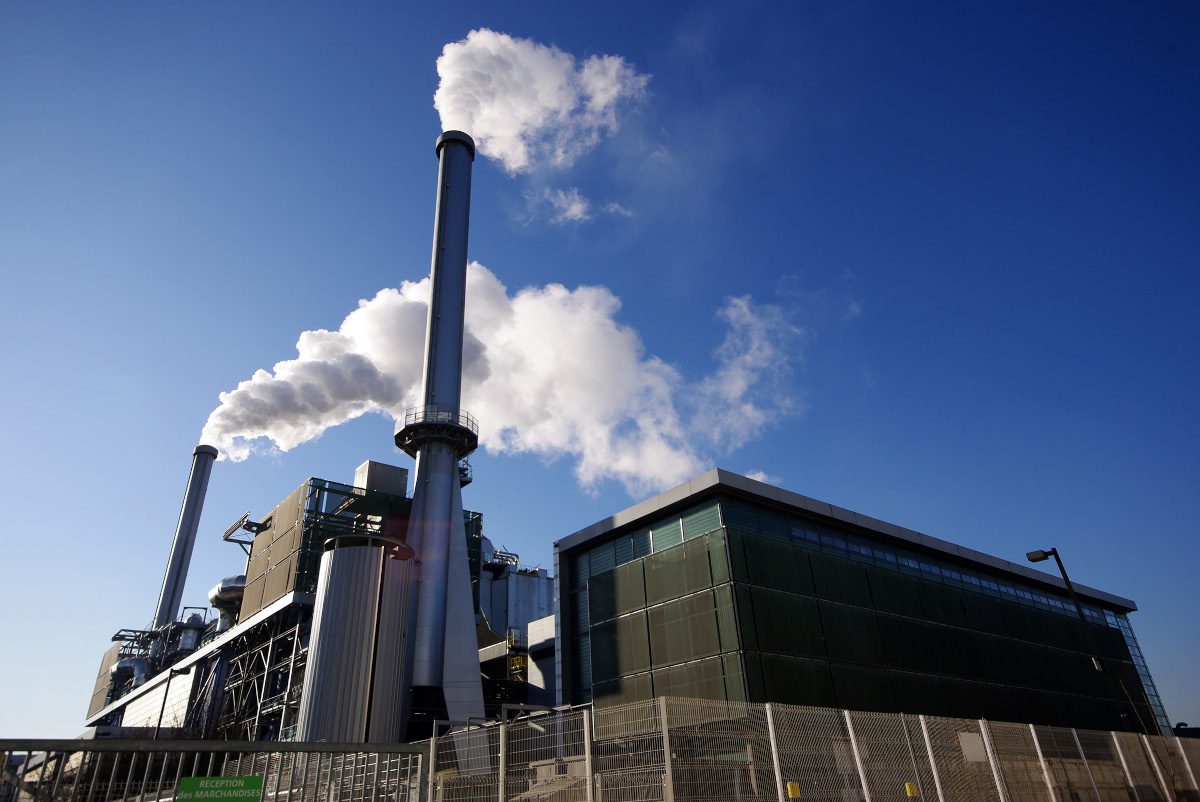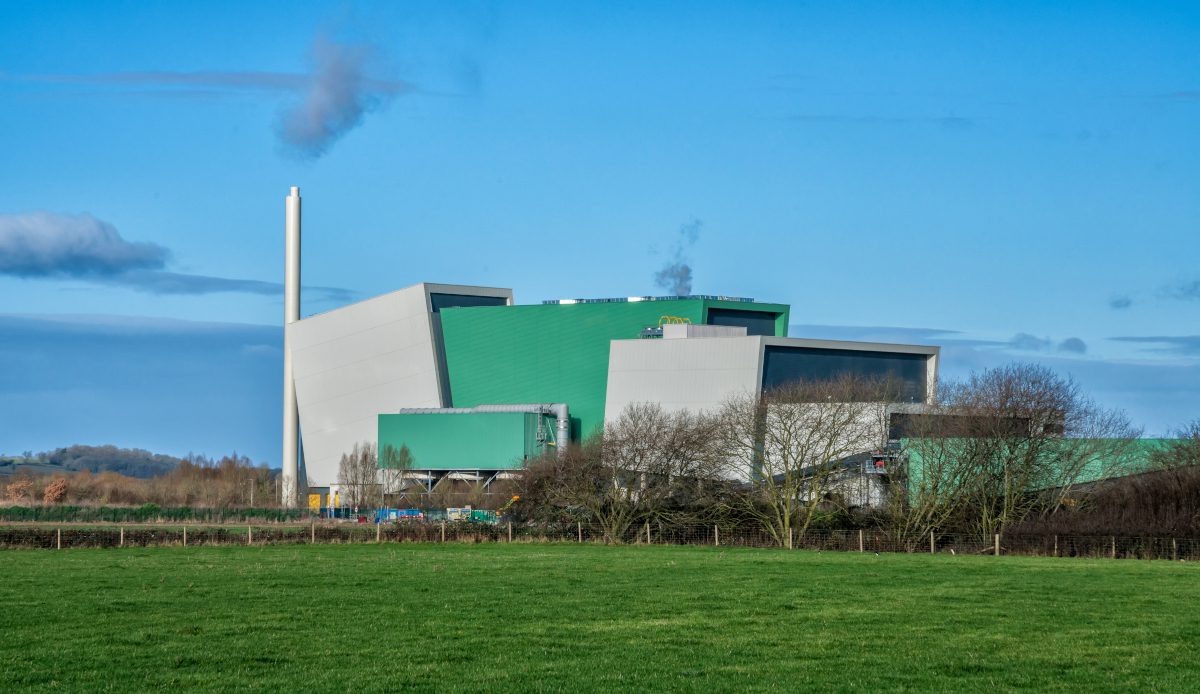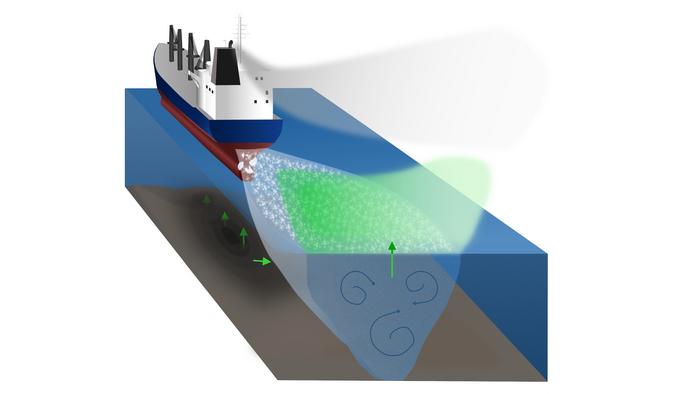
A new study appears to reveal avenues for better pollution mitigation by enhancing the effectiveness of vanadium-based catalysts through nitrogen-doped biomass carbon for the degradation of furan at lower temperatures.
Polychlorinated dibenzo-p-dioxins and dibenzofurans are dangerous pollutants due to their carcinogenicity and persistence in the environment. Traditional catalytic oxidation methods for their removal face challenges like high cost and inefficiency at lower temperatures. Research has shown that using carbon materials, such as carbon nanotubes and active carbons, improves catalyic performance by enhancing adsorption and distribution of active sites. However, their application is limited by costs and maintenance issues. N-doped carbon materials, derived from biomass, offer a promising alternative with their high surface area and porosity, potentially lowering operational temperatures and increasing efficiency.
In the new study, published in December in Waste Disposal & Sustainable Energy, researchers from Zhejiang University, introduce a catalyst combining vanadium-based components and nitrogen-doped biomass carbon (NHPC). This development significantly enhances the low-temperature degradation of furan, offering a novel solution for the efficient breakdown of persistent organic pollutants.
The researchers developed a series of vanadium-based catalystsand their catalytic performances were significantly enhanced by nitrogen-doped hierarchical porous carbon (NHPC) derived from biomass. This enhancement led to a marked improvement in the degradation of furan, a persistent organic pollutant, at lower temperatures than previously possible. The NHPC’s introduction into the catalyst structure facilitated an increase in active sites and improved the homogeneous distribution of vanadium oxide phases, which are crucial for the catalytic process. At 150 °C, the modified catalyst achieved 50% furan conversion, a significant improvement over traditional catalysts, with complete conversion occurring at 200°C.
The application of N-doped Hierarchical Porous Carbon (NHPC) in catalysts appears to be a fresh approach in the environmental technology sphere, offering – say the researchers – a low-temperature, cost-effective method for hazardous pollutant removal.
















